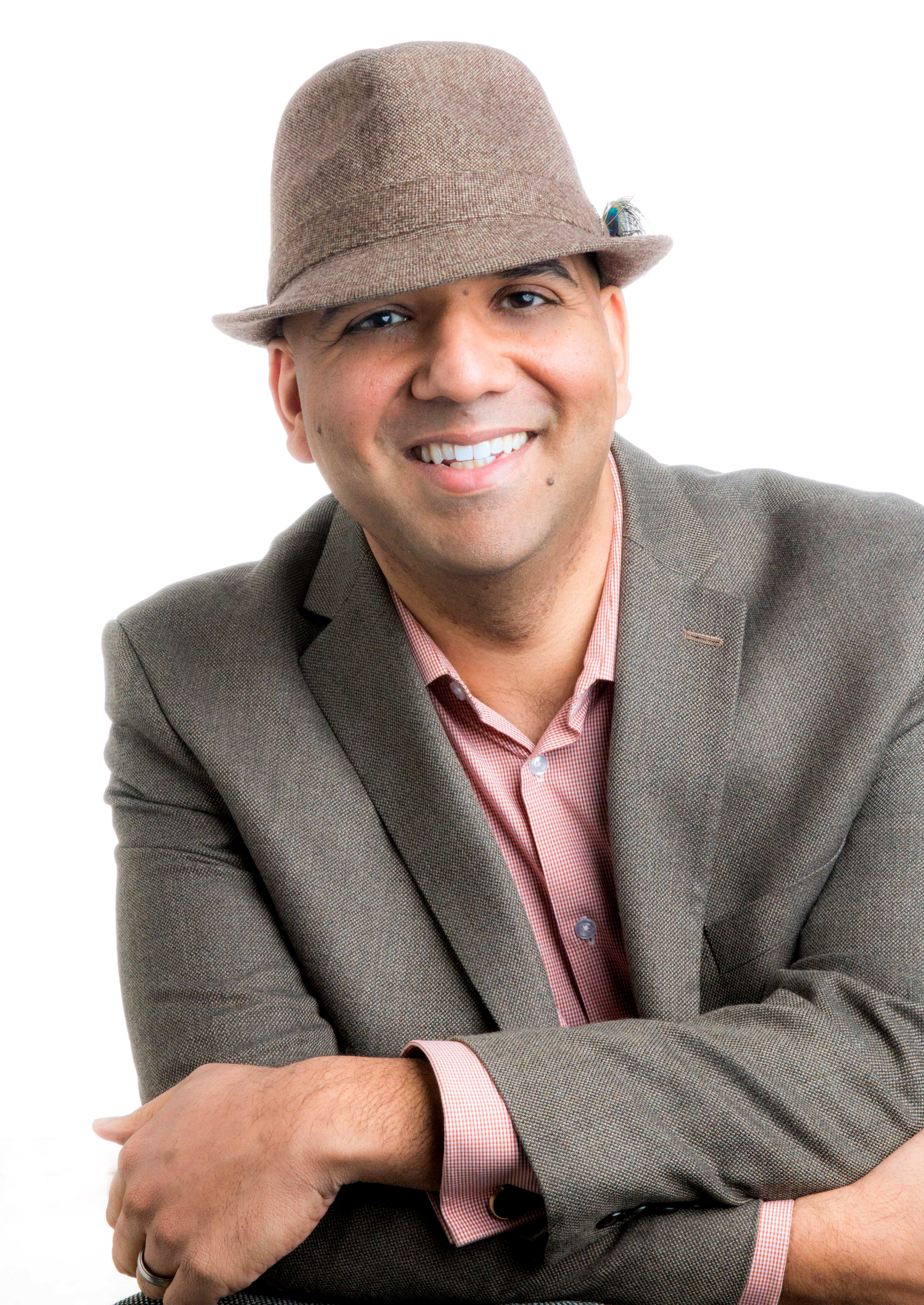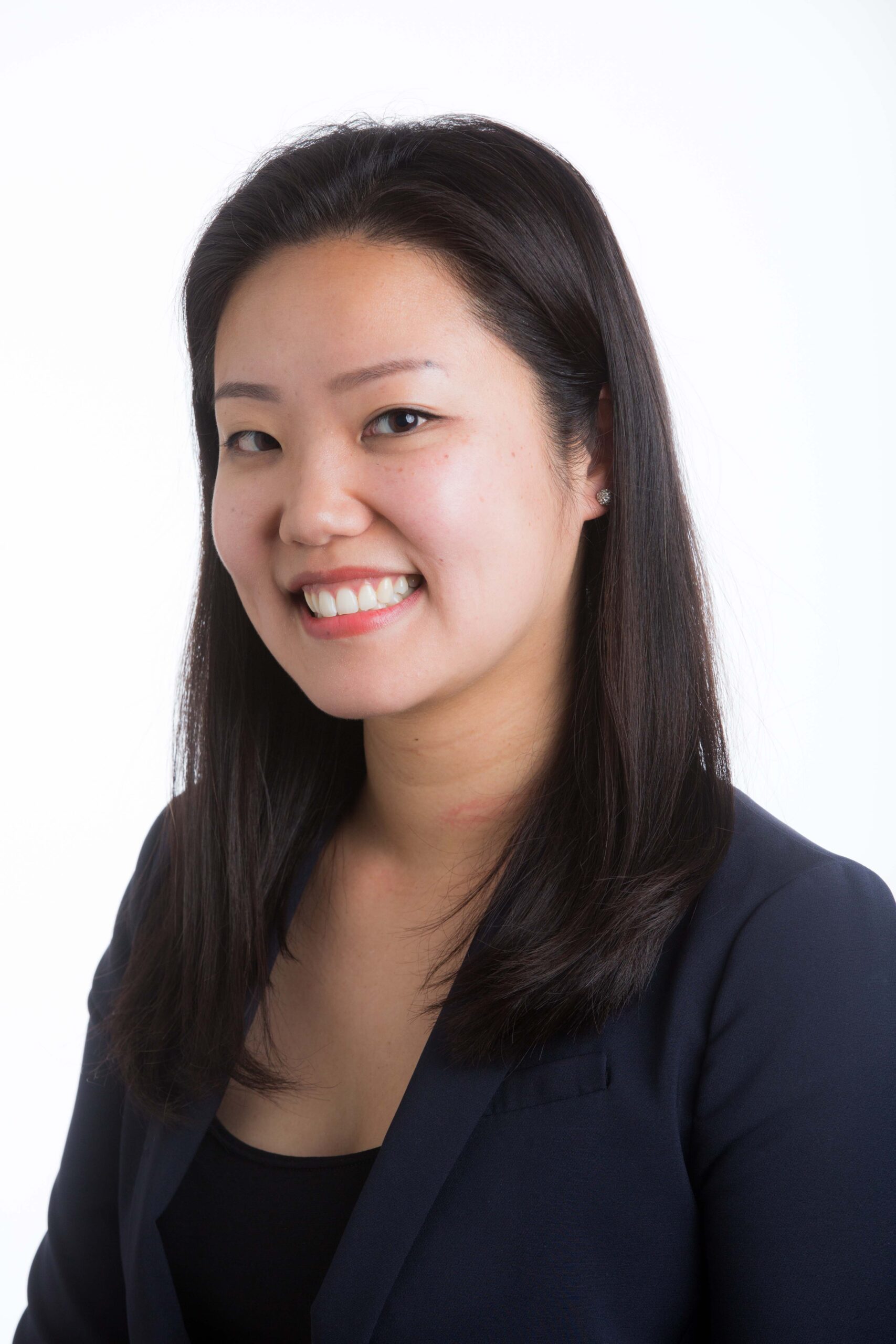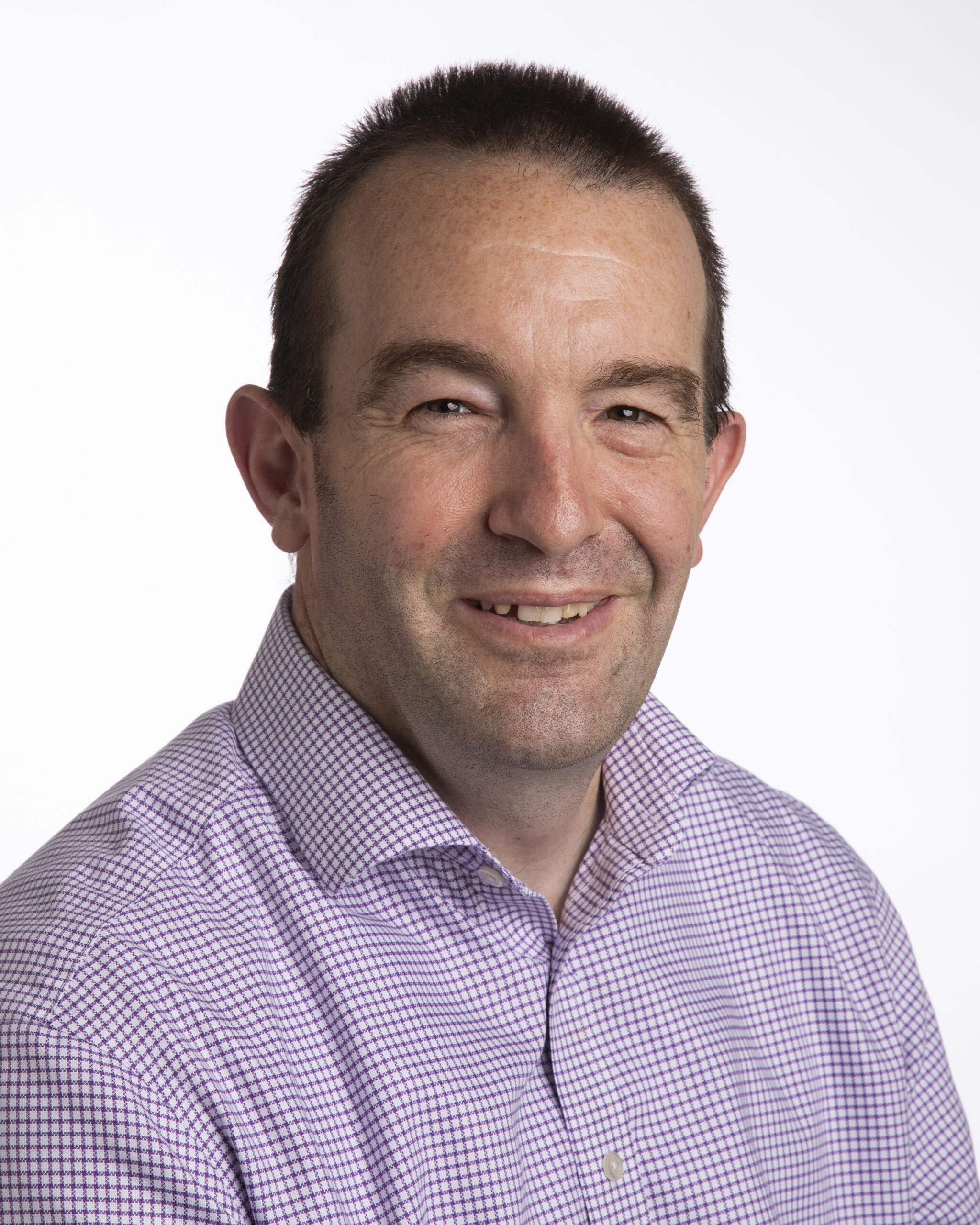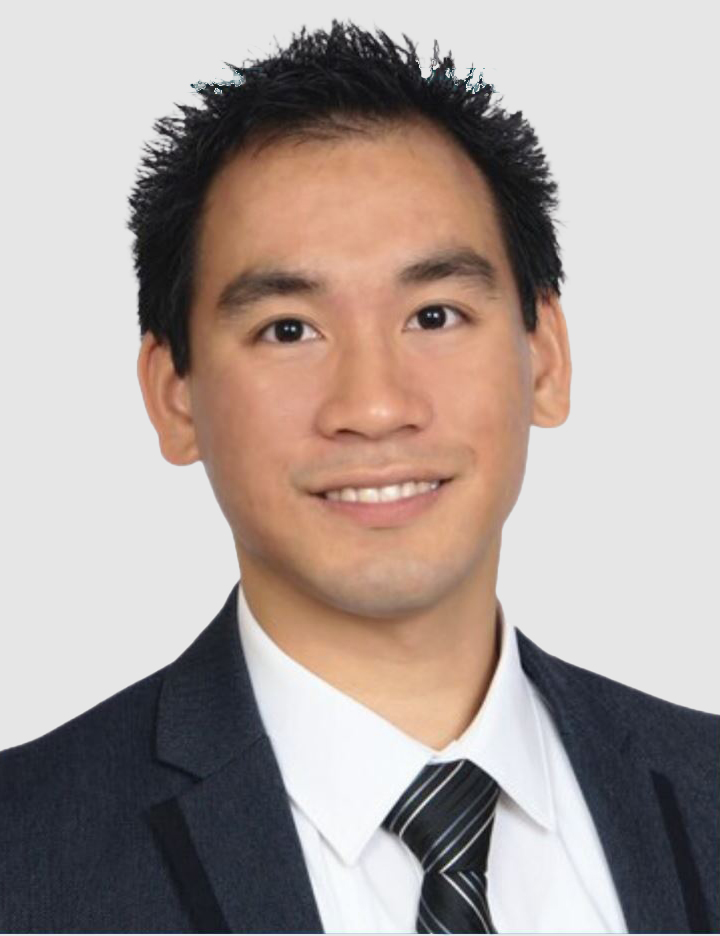Monday, June 3, 2024
Osteopathic Medicine at The University of North Texas Health Science Center at Fort Worth has created the Division of Performing Arts Medicine within the Department of Family and Osteopathic Manipulative Medicine.
The TCAPH, which was formed in 1999 through a partnership with the University of North
Texas’s College of Music and TCOM, has evolved and grown over the years and now has
four faculty members, a PAM Fellowship program and various clinics, educational programs
and research.
Valubility Of The Year Honorees For 2017. Sajid Surve
Dr. Sajid Surve
 The new division will be co-chaired by Dr. Sajid Surve, TCOM’s assistant dean of osteopathic
recognition and director of osteopathic education, and Dr. Yein Lee, an associate
professor in the Department of Family and Osteopathic Manipulative Medicine.
The new division will be co-chaired by Dr. Sajid Surve, TCOM’s assistant dean of osteopathic
recognition and director of osteopathic education, and Dr. Yein Lee, an associate
professor in the Department of Family and Osteopathic Manipulative Medicine.
“Our mission hasn’t changed going from the center to the division,” Surve said. “We are still interested in research, clinical care, education and advocacy for performing artists. This is going to help us to expand our operation now that we have more people. It will give us the ability to seek new partners and new opportunities for what we are doing.”
Using the four pillars of education, clinical care, advocacy and research, the team of Surve, Lee, Dr. James Aston and Dr. Stephen Fung, aims to bring health care access to performing artists while also working on the prevention and management of the injuries commonly found among this unique population of professionals.
In 2023, the group held a first-of-its-kind free clinic to help treat performing artists, which included dancers, musicians and singers. Performing artists are often treated by a physician who is not trained to deal with the complexities and multi-factor issues that come with injuries related to their performance. Osteopathic medicine provides much of the needed training for those physicians to help performing artists.
“I think osteopathic medicine is a perfect fit for performing artists because of the way DOs are trained to see the world,” Surve said. “We are tailor-made to deal with this. So many times, it is not just a problem with their finger or wrist. It comes back to a bigger issue with posture, or how many days they are practicing, their diet or a hundred other reasons that could contribute to their issue, and osteopathic physicians are already trained to look at the entire body, mind and spirit of an individual.”
Dr. Yein Lee
 The clinical care that the team provides is more crucial than ever before. The professions
of performing artists have exploded over the years, but access to health care has
lagged far behind, especially when compared to professional athletes.
The clinical care that the team provides is more crucial than ever before. The professions
of performing artists have exploded over the years, but access to health care has
lagged far behind, especially when compared to professional athletes.
According to the Bureau of Labor Statistics, in 2023 there were 1.2 million performers and creative artists, as opposed to 35,500 athletes and sports competitors as of 2022. Think of the last time you watched a professional or even college basketball game and an injury occurred. A myriad of doctors and trainers were on the court immediately, but if one of the world’s best musicians was hurt while performing, nobody is around to help.
The statistics also show the injury rates for professional athletes and performers are about the same.
“If you are going to be a professional or collegiate sports team, you can’t exist without a team physician or a sports medicine team,” Surve said. “It’s understood they have a high risk of injury. But if you have a professional ballet company or symphony, who are equally as elite and skilled, their injury rate is about on par with those of the professional athletes. What they are missing is that infrastructure; there is no on-site medical staff or trainer.”
Dr. James Aston
 While the ranks of the professionals will take some time to address, one area Surve
is passionate about is helping high school and middle school performers. In 2011,
the University Interscholastic League noted that more than half a million students
participated in music activity in Texas.
While the ranks of the professionals will take some time to address, one area Surve
is passionate about is helping high school and middle school performers. In 2011,
the University Interscholastic League noted that more than half a million students
participated in music activity in Texas.
The breakdown was 849 marching bands, 3,208 concert bands, 1,152 orchestras, 2,750 choirs, 109,699 solo entries and 16,846 ensemble entries for UIL-sponsored events during the 2009-10 school year. By 2019, the number of marching bands in Texas was up to 1,077.
“I would love to see some additional policy changes so that high school and college programs take steps to protect their performers while they are learning,” Surve said. “They need to know how their craft affects their health, and vice versa.
“When I was in marching band, my ears were ringing because it was so loud, but nobody said this is something you should think about,” Surve said. “Once you lose your hearing, it’s gone, it’s permanent and there is no cure. To not be able to hear would be such a catastrophe and we have never had those conversations.”
Dr. Stephen Fung
 Moving forward, the PAM division wants to expand to serve more members in the community
and create more partnerships to raise awareness. They hope to share the importance
of what these performers do, from students to amateurs to professionals, and how to
help them when they suffer for their art.
Moving forward, the PAM division wants to expand to serve more members in the community
and create more partnerships to raise awareness. They hope to share the importance
of what these performers do, from students to amateurs to professionals, and how to
help them when they suffer for their art.
“The response is the same with almost every patient I see ‘I can’t believe this doesn’t exist everywhere,’” Surve said.
As a musician himself, Surve knows what many of these professionals are going through, but sees the progress that has been made by their work, and how it can grow.
“We have a really unique program, the first of its kind in the world, but I wish we weren’t the only one,” he said. “The market is so wide open and there should be hundreds of these clinics in the country. We want to see that happen. We have a lot of work and advocacy to do for performers to get where we need to be.”
From HSC Newsroom - Our People by Steven Bartolotta